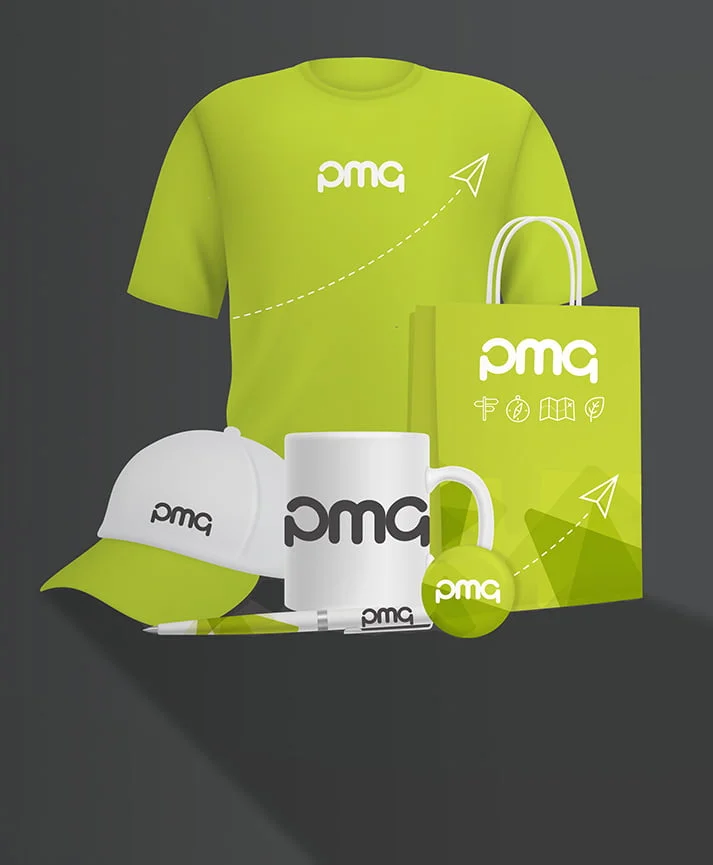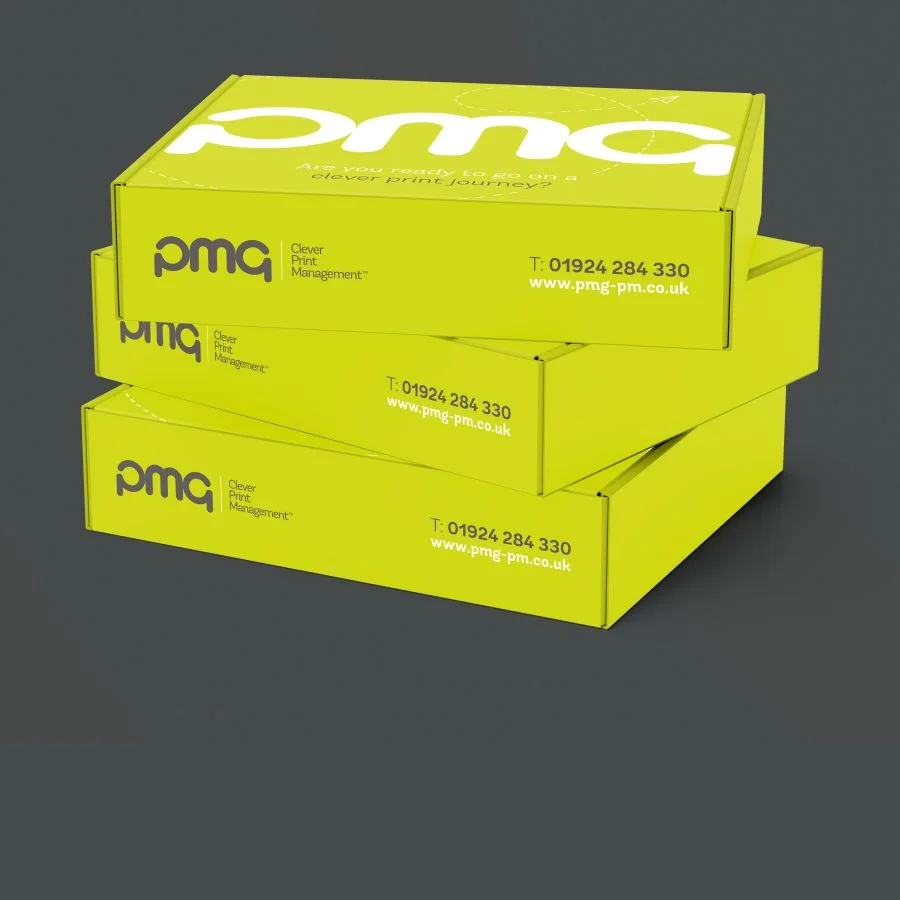
Although print management is a comparatively new science, print has been with us in some form for more almost 1,500 years. Human beings have long strived to record the written word and artistic imagery in a consistent, economical way, and today print is an integral part of countless businesses worldwide. Take a look at some of the highlights of the history of print on our print timeline.
618 AD – Around this time, the Tang Dynasty Chinese developed the practice of woodblock printing. Carved wooden blocks were used to print images or characters, and for every new image a new block had to be carved.
1040 – It took more than 400 years following the birth of woodblock printing for the idea of moveable type printing to take hold. Again the Chinese were behind the innovation, where ceramic characters could be moved and replaced in a frame to make printing more accurate and economical.
1241 – The ceramic tiles used for moveable type printing in the Song Dynasty were fragile, and would break easily. In 1241, the Koreans developed cast metal moveable type printing, which proved far more durable.
1282 (approx.) – The first recorded reference to a water-driven paper mill dates back to around this time. Water-powered mills could produce paper in near industrial quantities, and this practice was first recorded in Europe.
1377 – The printing press is another print innovation to have originated in Korea. This revolutionary technology was used to print a Buddhist document known as Jikji long before Johannes Gutenberg emerged on the scene.
1450 – Gutenberg’s press was in operation in Europe by 1450. Although not the first of its kind his press took the Western world by storm, and was used to create the famous Gutenberg Bible – the first book to be printed in the West using the four century old technology of moveable type printing.
1457 – Soon after Gutenberg’s press was developed, the first recorded example of colour printing occurred. Gutenberg employees Fust and Schoeffer printed a book of devotional psalms using coloured inks.
1605 – The next century or so saw print technology sweep across the globe. By 1605 the first weekly newspaper was in production – Strasbourg’s Relation aller Fürnemmen und gedenckwürdigen Historien.
1843 – Incredibly, it wasn’t until as late as 1843 that paper made from wood pulp became widely used. A shortage of rags (most paper had previously been textile-based) meant that wood pulp paper was initially used as a last resort.
1953 – The first high-speed printer for use alongside a computer was developed by Remington-Rand in 1953. The modern age of printing was born.
1984 – Hewlett Packard invented both inkjet and laser printers in the mid-80s. These technologies are still the norm for use in both homes and businesses.
1990 – Print management was developed during the 1990s, before booming in popularity over the following decades. Print management helps businesses to save time, money and resources in a more ecologically conscious age.
We think you’ll agree that the history of print is a fascinating one. Here at PMG Print Management we know all there is to know about print, and can use our knowledge to save you a fortune on your inside and outside printing costs. Why not contact us today and find out more?
















































